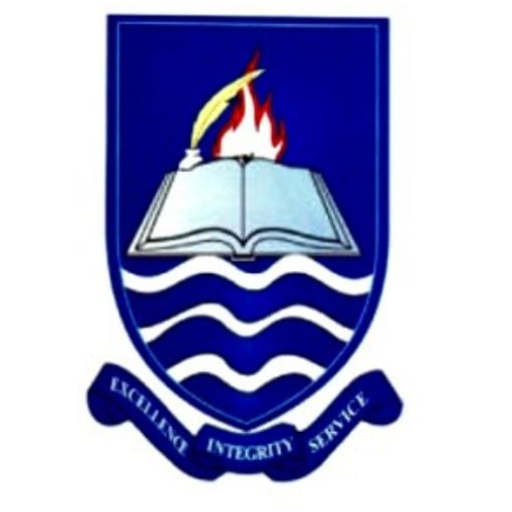GeoGebra Software and Students’ Attitudes Towards Coordinate Geometry in Warri South, Delta State
DOI:
https://doi.org/10.63561/fnas-jmse.v6i4.915Keywords:
GeoGebra, Attitude, Coordinate Geometry, Technological, StudentsAbstract
The study examined the impact of GeoGebra software on the attitudes of students towards the subject of Coordinate Geometry in senior secondary schools 3 (SS 3) in Warri South (Delta State). A quasi-experimental design was used in the pretest-posttest control group design. A sample size of 118 SS 3 Mathematics students in 3 schools was selected. The samples were segmented into two groups: experimental and control groups, taught by means of GeoGebra-assisted instruction and traditional lecture method, respectively. The data collection tool was the Coordinate Geometry Attitude Inventory (CGAI), a 20-item questionnaire. Cronbach's Alpha was used to determine reliability coefficients of 0.86 for the CGAI. The mean and standard deviation provided responses to two research questions, and Analysis of Co-variance (ANCOVA) was employed to test the two hypotheses formulated in the study at a 0.05 level of significance. The result revealed a value of F1,77 = 43.965, p= .000 (p < 0.05), indicating a significant difference between the mean attitude of students taught Mathematics using GeoGebra and those taught using traditional methods. It also discloses a value of F1,42 = 0.442, p = .510 (p > 0.05) showing no significant difference in the attitude of male and female students taught with GeoGebra. The results of this experiment show that the GeoGebra-based method of learning improves the attitude of students towards Coordinate Geometry. The male students have an improved attitude, just a bit more than female students, but the differences were not significant.
References
Bassey, S. A. (2020). Technology, environmental sustainability and the ethics of anthropoholism. Przestrzeń Społeczna, 2(2/2020 (20)).
Bhagat, K., & Chang, C (2015). Incorporating GeoGebra into Geometry learning – A lesson from India. Eurasia Journal of Mathematics, Science & Technology, 11 (1), 77-86
Dahal, N., Shrestha, D., & Pant, B. P. (2019). Integration of GeoGebra in teaching and learning geomet Journal of Mathematics and Statistical Science, 5, 323-332. Dan Pemahaman Matematis. Pasundan Journal of Mathematics Education : Jurnal Pendidikan Matematika, Vol 6 No. 2
Golji, G. G., & Dangpe, A. K. D. (2016). Activity-based learning strategies (ABLS) as best practice for secondary Mathematics teaching and learning. International Advanced Journal of Teaching and Learning, 2(9), 106-116.
Jelatu, S., Sariyasa, & Made Ardana, I. (2018). Effect of GeoGebra-aided REACT strategy on an understanding of Geometry concepts. International Journal of Instruction, 11(4), 325–336.
Le, H. Q., & Kim, J. I. (2017). An augmented reality application with hand gestures for learning 3D Geometry. 2017 IEEE International Conference on Big Data and Smart Computing, BigComp 2017, 34–41.
Neale, D. C. (1969). The role of attitudes in learning Mathematics. Arithmetic Teacher, 16, 631-640.
Ratheeswari, K. (2018). Recent trend of teaching methods in education Organised by Sri Sai Bharath College of Education Dindigul-624710. India Journal of Applied and Advanced Research, (3),45–47. 565–572.
Uwurukundo, M. S., Maniraho, J. F., & Tusiime, M. (2022). Enhancing students’ attitudes in learning 3-Dimension geometry using GeoGebra. International Journal of Learning, Teaching and Educational Research, 21(6), 286-303.
Zan, R., & Di Martino (2007). Attitude Towards Mathematics:Overcoming the Positive/Negative Dichotomy







